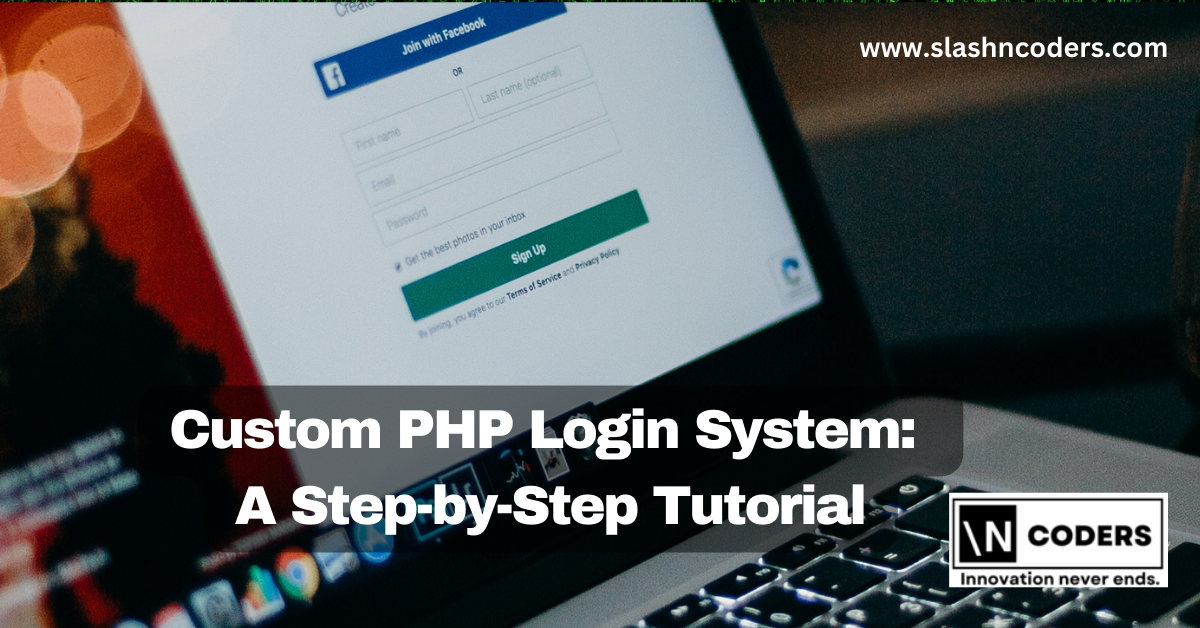Creating a login system is an essential part of many web applications. In this blog post, we will show you how to create a custom PHP login system that can be easily integrated into your website.
- Create a database: The first step in creating a login system is to create a database that will store the user’s information. This should include fields such as username, password, and email.
- Create a registration page: The registration page is where the user will enter their information to create an account. This page should include form fields for the user to enter their desired username, password, and email.
- Hash the passwords: It is important to hash the passwords before storing them in the database to ensure that they are secure. You can use a library like bcrypt or Argon2 to hash the passwords.
- Create a login page: The login page is where the user will enter their information to log into the website. This page should include form fields for the user to enter their username and password.
- Verify the login information: Once the user has entered their information, the login page should verify it against the information stored in the database. You can use the password_verify() function to compare the entered password to the hashed password stored in the database.
- Create a session: Once the user has successfully logged in, a session should be created. A session is a way to store information about the user across multiple pages. This can be done using the session_start() function.
- Create a logout page: The logout page is where the user will go to log out of the website. This page should include a function to destroy the session and redirect the user to the login page.
By following these steps, you will have created a custom PHP login system that can be easily integrated into your website. It’s important to remember that security should be a top priority when creating a login system and that you should always keep your code up-to-date with the latest security practices.
Note: This is a basic guide and the implementation of the login system should be done with caution and with a better understanding of the security practices. It’s highly recommended to use a ready-made PHP framework and libraries that provide built-in login system functionality.


